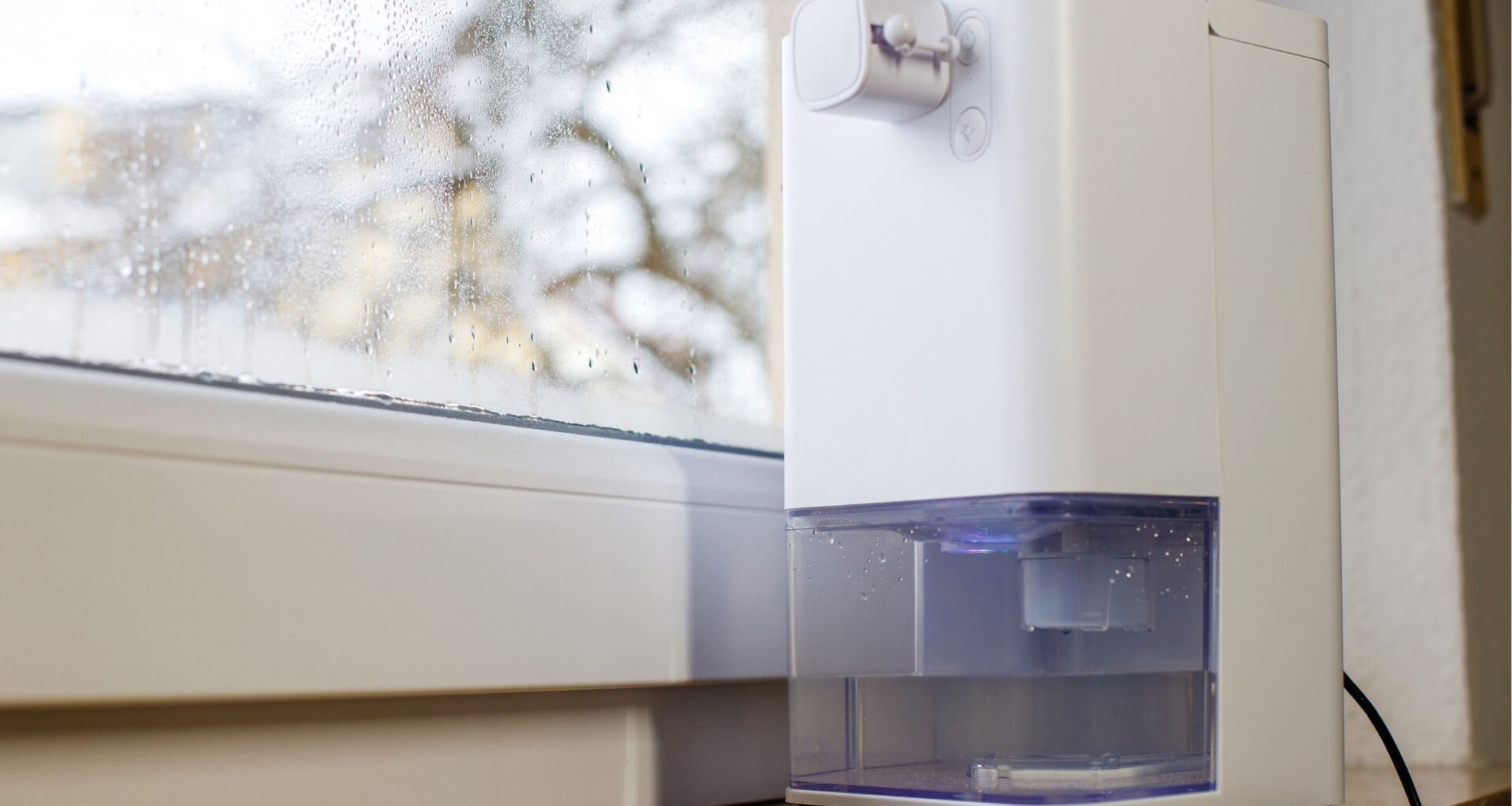Several researchers across the globe are conducting study to make drinking water readily available, even in the driest of climates. A research team at The Ohio State University has made a significant stride in this regard.
They have developed a new prototype water harvester that promises to be simpler, more efficient, and more portable than traditional methods of pulling drinking water from the air.
According to the researchers, built using temperature-sensitive materials, the nickel titanium-based dehumidifier is so compact that it can be carried in a backpack and works by extracting water directly from the air.
Moreover, this new device uses only half the energy than that of used by a standard desiccant wheel dehumidifier while extracting the same amount of water from air.
Limitations to existing technologies
Interestingly, the process of extracting water from the air is not new. Several developments have occurred in this sphere. However, existing technologies often rely on bulky and energy-intensive methods.
“Whereas many existing water harvesting technologies are large, energy-intensive and slow, this team’s device is unique due to elastocaloric cooling,” added the press release.
This innovative approach employs special materials that change temperature when stretched or compressed. These materials allow the device to cool the air and condense water vapor with minimal energy consumption.
“This design is what also allowed their prototype to become portable enough to fit inside a backpack,” mentioned the university’s press release.
“As more than 2 billion people around the world are estimated to lack access to clean drinking water, improving conventional ways to collect such a valuable resource would make it significantly more attainable for water-scarce regions,” said John LaRocco, lead author of the study, in the press release.
Testing and validation
To evaluate and validate the efficiency of the harvester prototype, the researchers conducted rigorous experiments.
“Researchers compared their creation with a dehumidifier that operates using desiccant wheels, rotating cylinders lined with hydrophilic materials that work to trap and remove humidity from the surrounding airflow,” highlighted the press release.
This comparative analysis revealed significant differences in energy consumption between the prototype and the conventional system.
The prototype demonstrated superior water harvesting efficiency, extracting more water within the 30-minute timeframe while consuming approximately half the energy of the desiccant wheel system.
Adaptability to diverse environments
The research team observed one more phenomenon. They found that environmental factors, humidity levels in particular, have a direct correlation with a device’s water extraction efficiency.
Notably, the prototype device fared better in this regard and showed optimal performance within a specific humidity range.
“Compared to the traditional desiccant wheel system, our system has the ability to scale more dynamically to fit the needs of the environment. Because our device is more modular, there’s room for a lot of adaptability,” emphasized John Simonis, co-author of the study.
It implies that the harvester prototype can adapt to various climates and is suitable for diverse regions experiencing water scarcity.
Future implications and scalability
These experimental data indicate the enhanced efficiency and potential of the elastocaloric cooling-based water harvesting prototype.
The findings support further research and development towards scaling up this technology for broader applications, including household and community-level water provision.
“It is possible to develop an incredibly large version of our prototype. It could extract as much water in a limited amount of time and get the same energy efficiency as somebody who may have a smaller device who’s running theirs continuously,” concluded LaRocco.
